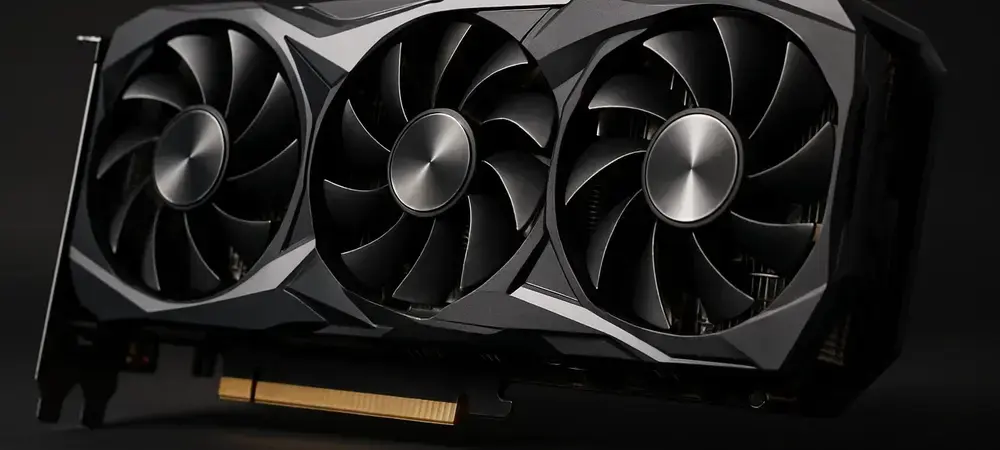In the ever-evolving landscape of computer graphics, the demand for more powerful, efficient, and visually stunning graphical processing units (GPUs) remains a driving force in the technology industry. GPUs are integral to gaming, graphic design, and AI applications, making advancements in their capabilities crucial. With major players like Intel leveraging AI to revolutionize GPU technology, the industry is poised for significant transformation. The integration of cutting-edge visual technologies promises to redefine performance and user experience across various platforms and devices.
Overview of the GPU Industry
The GPU industry stands as one of the pivotal sectors in technology, continuously innovating to meet the increasing demand for high-quality visuals and efficient processing. The market is primarily segmented into integrated GPUs (iGPUs) and discrete GPUs (dGPUs), serving diverse needs from everyday computing to high-end gaming and professional rendering tasks. Technological advancements and consumer demands exert substantial influence, with companies such as Intel, NVIDIA, and AMD leading the charge. Furthermore, relevant regulatory frameworks govern these technologies to ensure compliance, safety, and ethical standards in development and application.
Current Trends and Innovations
Technological Advancements and Consumer Trends
AI integration is pivotal in the current evolution of the GPU industry, influencing both technology and consumer behavior. Modern consumers seek devices with enhanced visual fidelity and efficiency, prompting companies to innovate in graphics processing. Technologies such as path tracing and AI-accelerated ray tracing are increasingly essential in creating realistic visuals with efficient use of computational resources, opening new opportunities for immersive gaming and professional applications. These advancements cater to the evolving needs of users who demand superior graphical performance on energy-efficient devices.
Market Projections and Growth Potential
Market projections indicate robust growth potential in the GPU sector, driven by technological advancements and consumer adoption. Data suggest that the industry is on track to see substantial performance improvements, heralding new capabilities and applications. Industry forecasts anticipate continued innovation with AI-driven solutions enhancing both performance and efficiency. The growth in demand for gaming and professional visuals, backed by the ongoing progression in AI technologies, is expected to propel the GPU industry’s trajectory, presenting companies with vast opportunities for expansion and market capture.
Challenges Facing the GPU Industry
Despite rapid advancements, the GPU industry faces several challenges, including technological limitations, regulatory hurdles, and market competition. Balancing power efficiency with performance remains a complex task, often demanding innovative solutions to address heat dissipation and efficiency. Regulatory constraints impose additional complexities with compliance and security considerations that must be carefully managed. Strategies to overcome these issues include collaborative innovations and adopting AI enhancements, which could offer a pathway to surmount these hurdles effectively.
Regulatory Impacts on the GPU Sector
Regulatory considerations play a significant role in shaping GPU industry practices. These include compliance with environmental standards, safety regulations, and security protocols. Changes in regulations can affect how companies develop and market their products, often requiring adaptations in design and production processes. Compliance ensures that products meet necessary benchmarks, fostering consumer trust and industry standards. The regulatory landscape demands that companies remain vigilant and responsive, maintaining a delicate balance between innovation and adherence to legal mandates.
Future Outlook of GPU Technology
The horizon of GPU technology is marked by promising developments and potential disruptors. Emerging technologies, especially those leveraging AI, are set to redefine performance metrics and consumer expectations. AI-accelerated imaging, enhanced textures, and real-time ray tracing are areas anticipated to transform how devices process and render graphics. The future will also witness increasing collaboration among tech giants, fostering an environment where cross-platform compatibility and open-source initiatives drive innovation. These elements signal a transformative period in the GPU sector, poised for breakthroughs and expanded capabilities.
Conclusion and Industry Recommendations
The transformation within the GPU industry, as evidenced by Intel’s advancements, marks a critical juncture. The integration of AI-powered technologies stands as a testament to the sector’s innovation-driven trajectory. Insights gathered from the current trends suggest companies need to continually invest in AI and collaborative developments to remain competitive. Encouraging open-source collaboration and focusing on compliance with regulatory standards could drive sustained growth and pave the way for groundbreaking innovations. As the industry evolves, embracing these recommendations would likely lead to a more robust and dynamic GPU market landscape.

